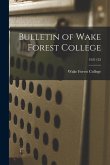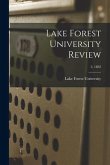The American Chestnut Tree Conservation Field Course Manual explores the topics of ecological principles to manage ecosystems. It teaches how to recognize forest disturbances (natural and introduced), recognize forest age, learn to identify dominant and understory species, learn the principles of basic tree identification, and measure biological diversity, tree growth and tree health. The Manual specifically focuses on the conservation of the American chestnut tree species. The manual includes the American chestnut tree's ecological history and distribution, favorable soil conditions, companion plants and animals that depend on and disperse the chestnut, and major disturbances (natural and introduced) that impacted the chestnut distribution and caused the tree's ultimate disappearance. The fieldwork component includes explanation on how to examine types of forest disturbances, identification of forest tree and non-tree species, measure soil pH and humidity, conduct forest transects, and how to collect, propagate and care for American chestnut seeds, seedlings and trees. The lab component includes information for labeling, pressing and examining leaves of different species under a microscope, making an identification key, recording field data and taking measurements with measuring tape, DBH tape and compass, calculating tree basal area and tree density, and testing soil pH. The Manual teaches how to work with pH meters and pH strips, rope, compass, measuring tape, leaf press, and microscopes.
Hinweis: Dieser Artikel kann nur an eine deutsche Lieferadresse ausgeliefert werden.
Hinweis: Dieser Artikel kann nur an eine deutsche Lieferadresse ausgeliefert werden.

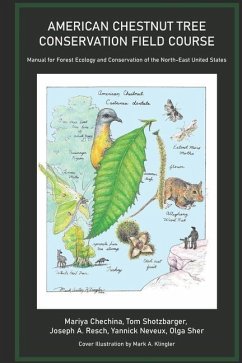
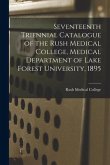
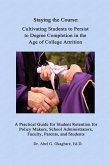
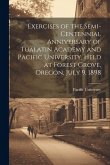
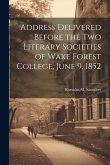
![The Wake Forest Student [1882]; 1 The Wake Forest Student [1882]; 1](https://bilder.buecher.de/produkte/65/65572/65572584m.jpg)
